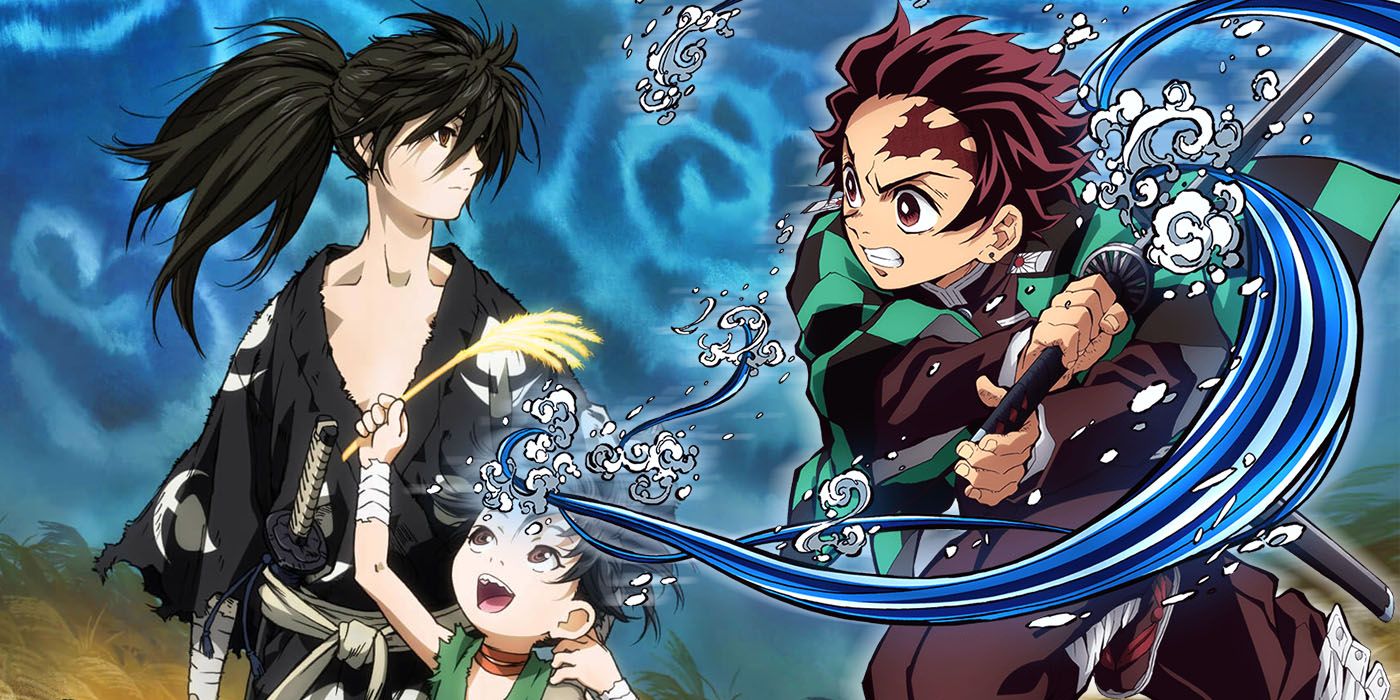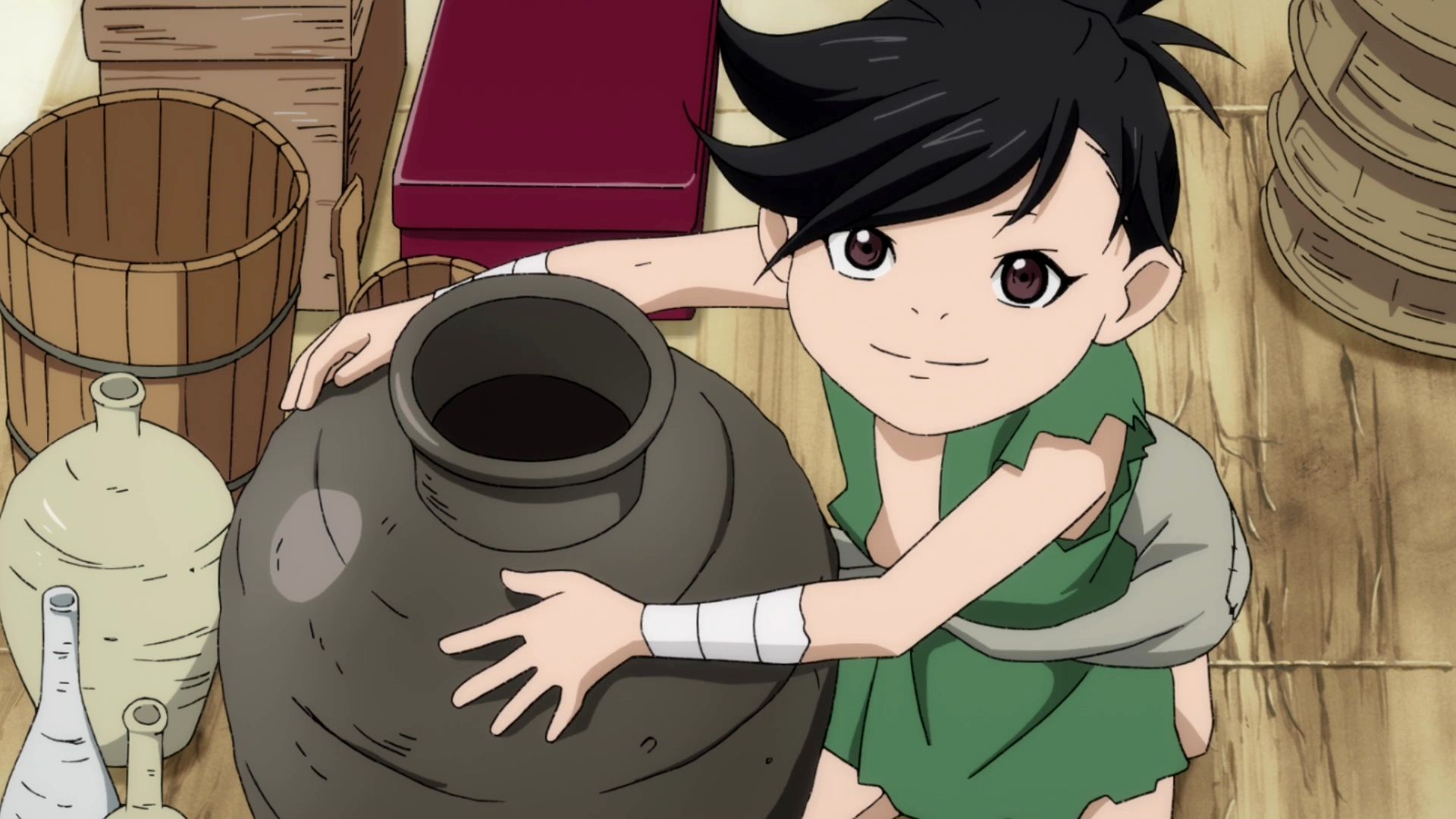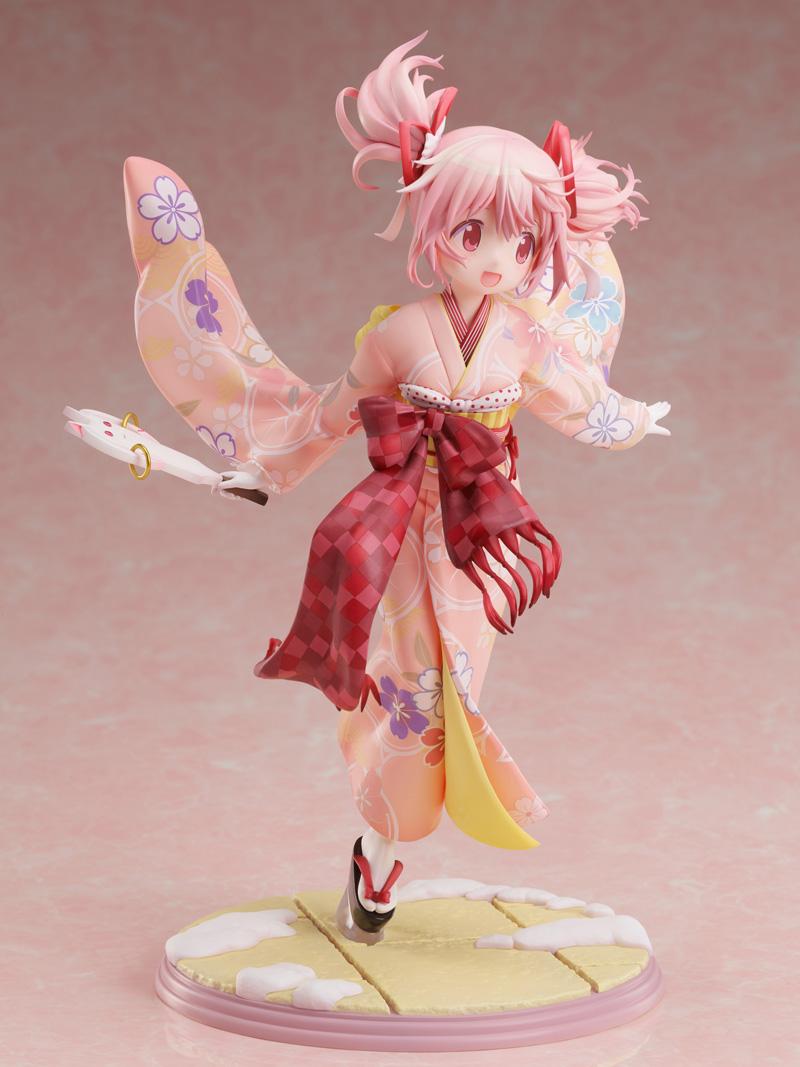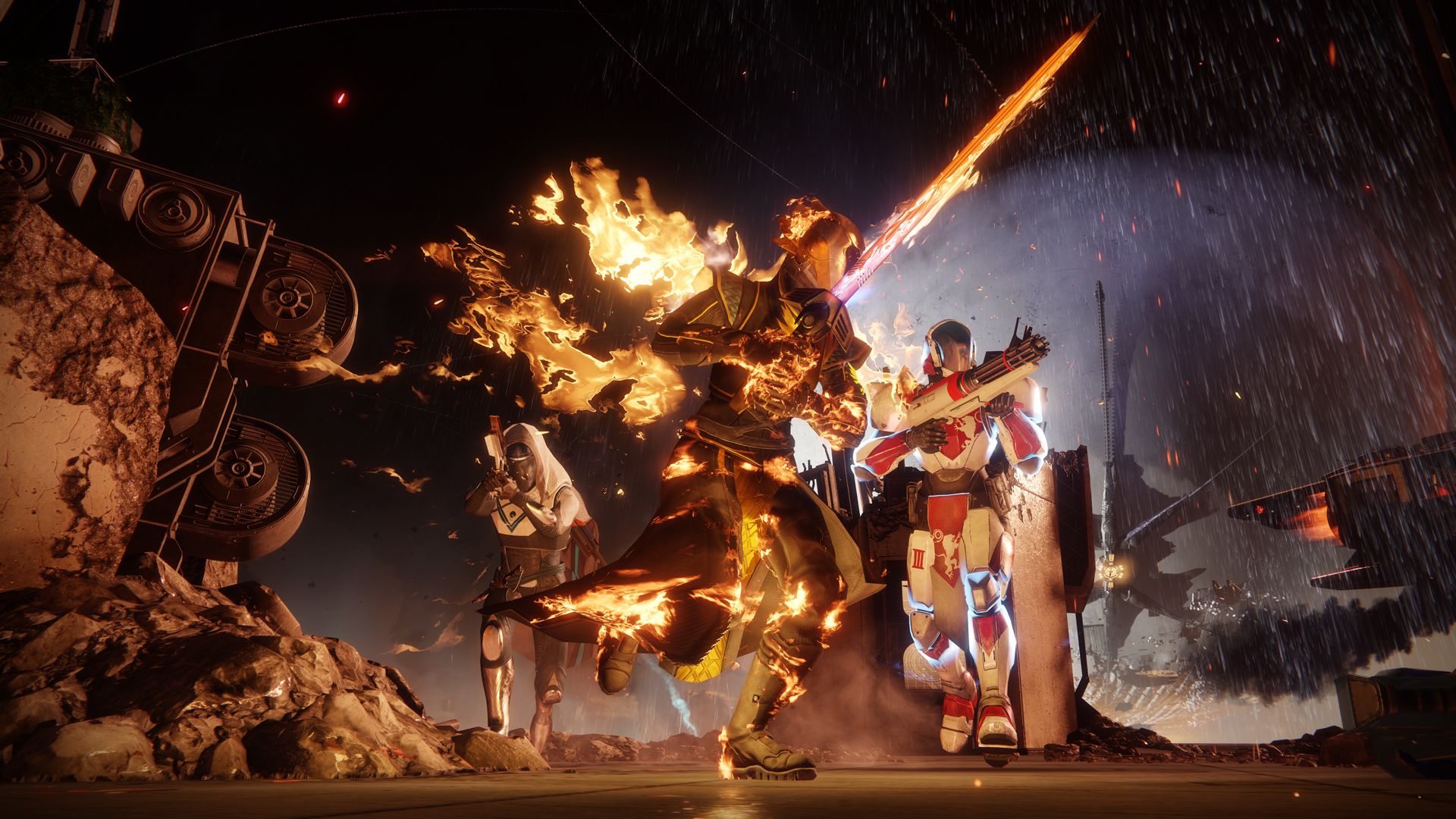Dororo: A Journey of Discovery
Dororo starts on a dark, stormy night during feudal Japan. Daigo (or candidate to be the worst father in history) Kagemitsu, a daimyo and 48 sealed demons make a deal. Kagemitsu offers the demons a deal they can’t refuse in exchange for power, money and prosperity to his kingdom. Hellions are offered the choice of a body part of an unborn noble child. They greedily take it. One by one the baby’s eyes, feet, hands and tongues are taken away, leaving only a bodyless husk.
She lets the river currents carry him away. Deep inside, she hopes he will find a new life, free from his father’s heartless grasp.

The fates were kind to this boy’s wish, and he is discovered by Jukai, a mysterious man who may be a mage. He begins replacing the lost organs and limbs of the child with modern prosthetics. Jukai, as he rears the child, also instructs him on the use of a blade. The boy, now with a fresh lease of life, and an understanding of the ways to fight, sets off to destroy the people who have stolen his being. He is given the new name, “Hyakkimaru”, and leaves to claim himself.
Hyakkimaru meets an orphaned orphan known as Dororo along the way. Whether it is divine will, or another force, they find that their paths cross, and become traveling companions.
Dororo appears to be a supernatural story that takes place during Japan’s Warring States Period. There are many intense battle scenes in the series, which always result in buckets of blood. Violence is almost as normal to the actors as breathing.
![Dororo [どろろ] – In Asian Spaces](https://inasianspaces.files.wordpress.com/2019/05/dororo-20-in-the-forest.png?w=1200)
The series is based on a much more complex story. The story is about the struggle to hold on and find the strength in the face adversity. In this film, the hard truths about humanity are revealed, including mankind’s insatiable desire for power and their capacity to be cruel when they become desperate.
Dororo is a reminder to viewers that they should explore their world, whether it’s by headbutting an unknown stranger or putting your feet in the fire.
These two realities – the brutal as well as the beautiful – are what creates a compelling experience. Dororo is at its most compelling when it depicts normal people struggling to survive. These moments, whether it is family members trying to locate lost loved ones or individuals willing to sell themselves to survive, tell the true tale of Dororo – war and greed cause suffering that spreads as a disease.
In this realm, the two travellers navigate both the demons and the men. Hyakkimaru serves as the perfect foil to his lively counterpart. He can be both a straight man who is funny and silently slays demons. Dororo is an innocent child who must do whatever it takes to survive. The two characters have a certain warmth and chemistry, both in their interaction as well as through Hyakkimaru’s visual perception.
The team behind MAPPA has created a stunning art style, which is both beautiful and faithful to Osamu’s original artwork. The adaptation has a darker feel than other versions, with a more muted color palette and watercolour backgrounds. It is both beautiful and foreboding.
Dororo stumbles at times, just like an inept storyteller. The show has a lot of beautiful moments, but there are also episodes with poor animation or a slow pace. The show’s final episode was a prime example. The episode’s presentation is beautiful, and the polish level exceeds that of all the episodes leading up to this one. The climactic moments of the show are represented by a huge, dull fire. This scene showed a robotic Junkai, with an expression like he would be ready to leave on any Tuesday, despite being literally burning.

Anyone who has watched the Mushi Pro’s 1969 Dororo animation will be familiar with its iconic theme song Dororo No Uta. The spirited Tomita-Isao piece is fondly remembered for its joyful melody, and the general tone of the tale. In a departure from the tradition, the new series uses Kaen instead. The new intro has a much more serious tone and focuses on major characters. This is a little disappointing for fans of the first intro, as the QUEEN BEE theme does not “fit” the overall tone of the series. It does get better.
The show’s second end, Yamiyo, by Eve was an excellent selection and stands out as a top track. This is a bit of a joke, but I am a huge Eve fan.
The show is not without faults but they are easily overlooked when compared to the many positive aspects of the series. Its ability to combine the philosophical with the visceral and its willingness to pose difficult questions about humanity in between demon-slaying episodes is more than enough for viewers to stay hooked. This is a show for people who enjoy being uncomfortable around humanity. It also has a strong crimson tint that makes it hard to ignore.






